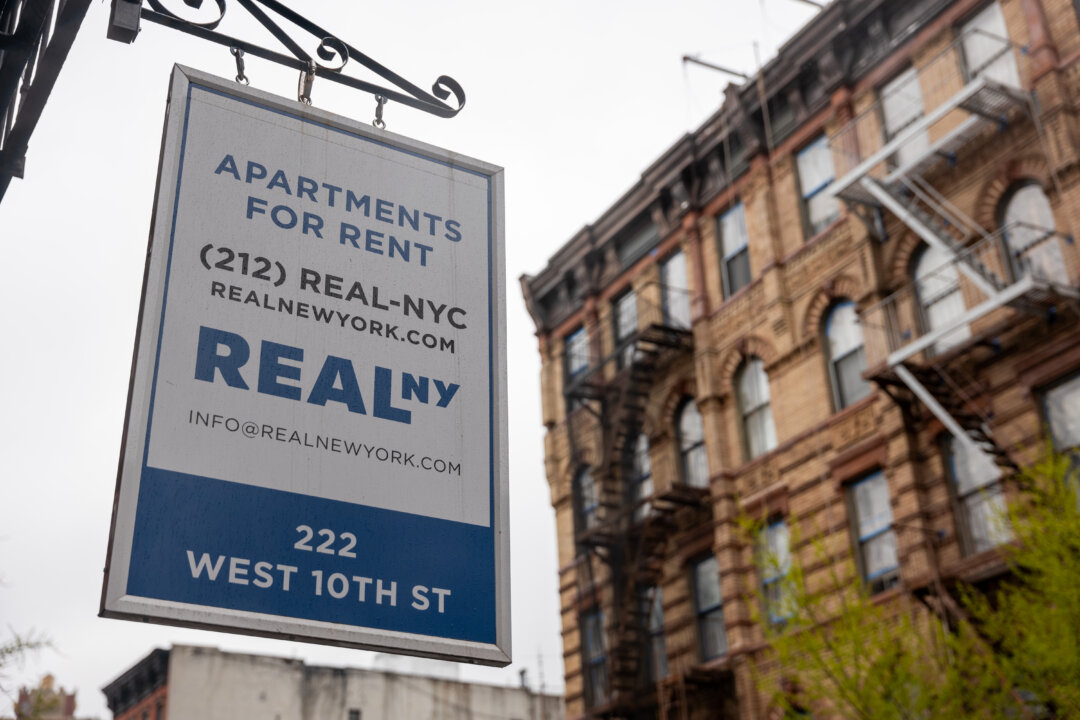The vast disparity in US real estate is starkly evident when examining how far $1,500 stretches in the rental market across different American cities. While a generous 1,329 square feet awaits renters in Wichita, Kansas, the exact same budget in Manhattan, New York, offers a mere 216 square feet—often smaller than a typical studio apartment. This striking contrast highlights the complex dynamics of housing affordability nationwide.
A recent comprehensive report by RentCafe sheds light on this national comparison, establishing a baseline of $1,500 for a monthly apartment rental to illustrate the varied amount of space and amenities available across diverse metropolitan areas throughout the United States. This detailed analysis provides crucial insights into the evolving landscape of urban living and cost of living.
Delving into the findings, the study revealed that both the South and the Midwest consistently offer significantly more square footage for the $1,500 budget. Following Wichita’s impressive offering, other top contenders for spacious and affordable housing include Toledo, Ohio; Oklahoma City and Tulsa, Oklahoma; and Lubbock, Texas, all providing ample space for comfortable living.
Conversely, major metropolitan areas situated on the East and West coasts, such as New York City, Boston, Massachusetts, and San Francisco and Los Angeles, California, offer the least amount of space, with all coming in at under 400 square feet for the same price point. California alone accounts for five of the cities offering the smallest space for $1,500, often limiting renters to a studio apartment.
Experts observe a shifting trend in construction, noting a decrease in the development of two- and three-bedroom apartments in favor of more studios and one-bedroom units. This architectural pivot reflects changing demographics, with younger singles and couples increasingly delaying family formation and seeking more flexible city living arrangements over traditional homeownership.
In response to the high costs of compact urban apartments, the market is seeing a rise in suburban “built-to-rent” (BTR) housing, which promises greater square footage at more accessible prices. Additionally, co-living arrangements are gaining traction, offering a cost-effective solution by pairing compatible renters in shared residences, often at a substantial reduction compared to traditional rentals. These housing trends are redefining rental options.
While relocating to a more affordable housing market can significantly reduce rental expenditures, renters must also carefully weigh additional factors such as commuting expenses, career prospects, and personal lifestyle preferences. The decision extends beyond just rent, encompassing a holistic view of one’s daily life and long-term goals.
Industry professionals highlight that financial capacity often dictates choices; high-earning individuals in tech, for instance, might opt for shared, high-end apartments in expensive metro areas, prioritizing convenience and location. In contrast, working-class renters frequently relocate to areas with cheaper rents, often facing the challenge of moving every few years to remain within budget. This underscores the disparate realities within the rental market.
Despite the appealing spaciousness and lower costs available in Midwest apartments, a mass exodus to the central regions of the country is not widely anticipated. The diverse factors influencing housing decisions—ranging from professional opportunities to lifestyle preferences—ensure a varied distribution of residents across the nation’s real estate landscape, maintaining the unique character of urban living in various regions.





Leave a Reply